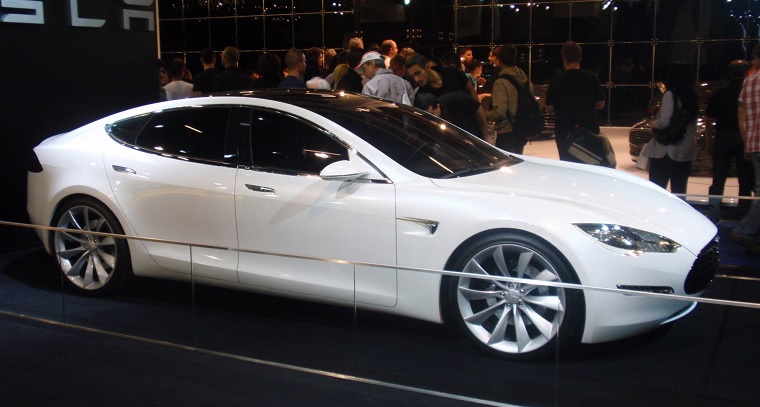In 2010, Tesla opened an office in Singapore.
Six months later, they announced they were closing shop without selling a single car.
As they packed their bags ready to depart, they explained then that they had failed to receive any kind of tax break for its Roadster electric sports car, even as they believed they would be able to secure some kind of "green tax incentive" from the Singapore Government, which would make their car considerably cheaper than the petrol powered competition.
Their frustration was spelt out when they wrote:
The official line from the Economic Development Board of Singapore was that the Roadster had 'not met technical requirements' (no detail on exactly what that means).
Now, the long form story about Singapore's one-step-forward-two-steps-back approach to electric cars was played out in some detail in an article published in Stuff website on March 2, 2016, about one man's quest to drive Singapore's only Tesla four-door Model S sedan.
But first, what is a Tesla car?
A Tesla car consumes electricity stored in large battery banks in the chassis of the car to power its electric motors. It only has one moving part, which is the driveshaft.
The Tesla can be driven for about 380 kilometres on one full charge. As it is electric, it is unusually quiet and does not give off emissions.
However, in Singapore, buying a Tesla does not qualify its owner for a S$15,000 rebate due to incompatible technical requirements — even though it is supposedly greener than most cars.
And here's where the story gets interesting:
A few weeks ago, an IT-professional named Joe Nguyen finally managed to get his Tesla Model S licensed for the Singapore roads after a year of testing and red tape.
He bought the 2014 Model S in Hong Kong, shipped it into Singapore and paid custom duties for it.
However, any thoughts of getting the car licensed to be used on the roads here immediately were dashed as he had to deal with bureaucratic red tape — for almost one year.
The difficulty started when he had to liaise with the Land Transport Authority. They asked him for paperwork. And as a result, his car sat in a warehouse for weeks.
"They kept asking for more and more paperwork," Nguyen reveals, "They wanted the specs, they wanted a number of different metrics, everything from emissions to the certificate of conformity, which is related to petrol cars and Tesla doesn't have it."
Weeks turned into a even more weeks as his car then spent four months sitting at Nguyen's house where the paper work got sort out.
But his Tesla couldn't move using its own power even though there was nothing wrong with it, since it wasn't licensed.
So, every time it went for an inspection, a truck had to bring it there.
LTA then referred Nguyen to the Energy Market Authority (EMA), the government agency in charge of powering Singaporean infrastructure. They wanted to find out how he charged his car.
Surprise: He plugged his car into a socket using a regular three-pinned plug.
After a few weeks passed with no news, Nguyen was told by LTA that he had to take his car down to VICOM, to get it tested for emissions.
VICOM then spent two months testing the Tesla — as they had no clue how to deal with such a vehicle even though they have tested other types of electric cars in Singapore.
The LTA and VICOM eventually settled on a discharge test to see how much electricity the car consumes and what impact that has on emissions.
This process took another few weeks because VICOM turned the car on sporadically rather than charge it continuously overnight.
When that was done, Nguyen was then made to sign a declaration that he would not charge his car in public.
With all the testing and paperwork done, Singapore's government then decided they would not only not give Nguyen the S$15,000 rebate that eco-friendly cars normally receive, he was in fact charged S$15,000 in an Electric Vehicle Fine instead.
The reason? Somehow, VICOM's backward testing equipment apparently measured that the Motor S uses up slightly less than double (444 wh/km) the electricity per kilometre that was measured by the US Environmental Protection Agency (237.5 wh/km).
To put an end to the wait, Nguyen paid up the S$15,000 fine and started driving it in February this year.
Today we learn, ladies and gentlemen, that Singapore fines people for driving one of the greenest cars in the world on our roads.
You can read the full article here.
Top photo via
If you like what you read, follow us on Facebook and Twitter to get the latest updates.
If you like what you read, follow us on Facebook, Instagram, Twitter and Telegram to get the latest updates.
